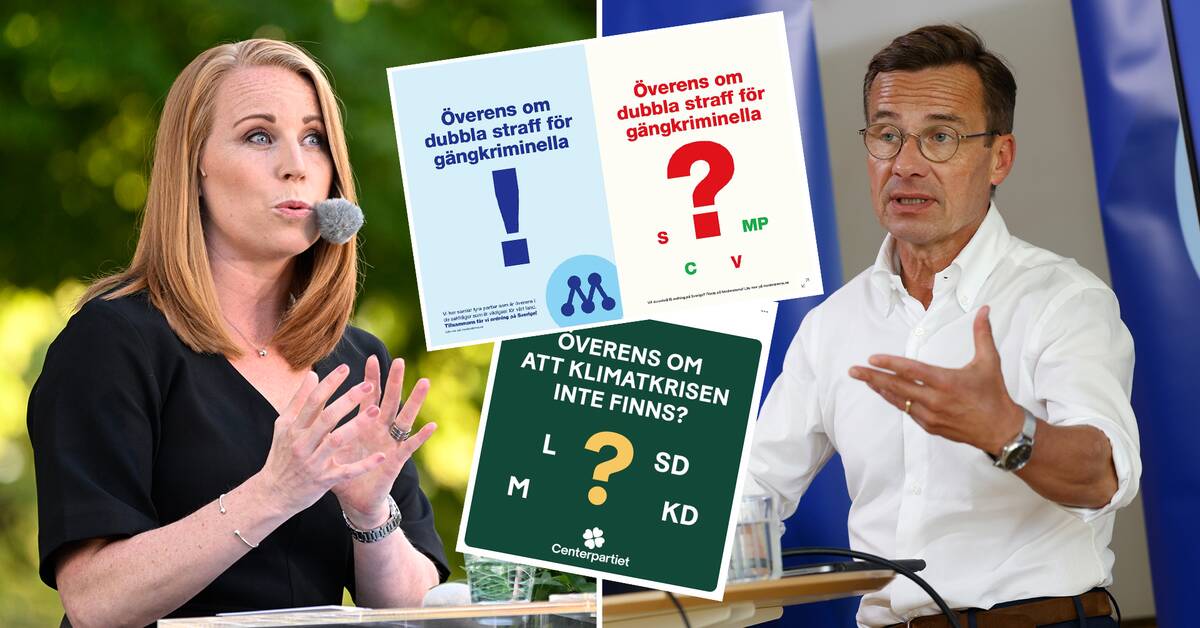Negative campaigns involve criticizing the opponent's ideology, policies or individual politicians rather than highlighting one's own proposals.
Another variant is contrasting – where you first criticize and then highlight what you yourself want to do.
According to Bengt Johansson, professor of journalism and mass communication at the University of Gothenburg, negative campaigns occur on several platforms in the Swedish election campaign: in political speeches, election posters and, above all, on social media.
- Commitment and negativity are driving forces on social media.
It's kind of inherent in the format - to reward negative campaigns.
Good if you want to break the agenda
In the 1920s and 30s, negative campaigns were more common than they are now, says Johansson.
Often they are a consequence of increased polarization.
- If you have large ideological gaps between the various alternatives, it drives negative campaigns.
But does it work then?
It sometimes does, above all if you manage to get the election movement to be about something else, explains Bengt Johansson.
Therefore, smaller parties and the parties in opposition often use the tactic.
- If you have a really tough negative campaign, it can happen that the opponent has to defend himself, he says.
Risk of backlash
Above all, it works on those who are already voters, not on those who are undecided.
In addition, there is the risk that it backfires on the campaigner, for two reasons:
- If it is revealed that you are wrong, that the statement is not true.
- Or if you go too hard on someone.
Then it can happen that you feel so sorry for the person being attacked that it gains sympathy.
Hear Bengt Johansson talk about examples of negative campaigns in the clip above.

